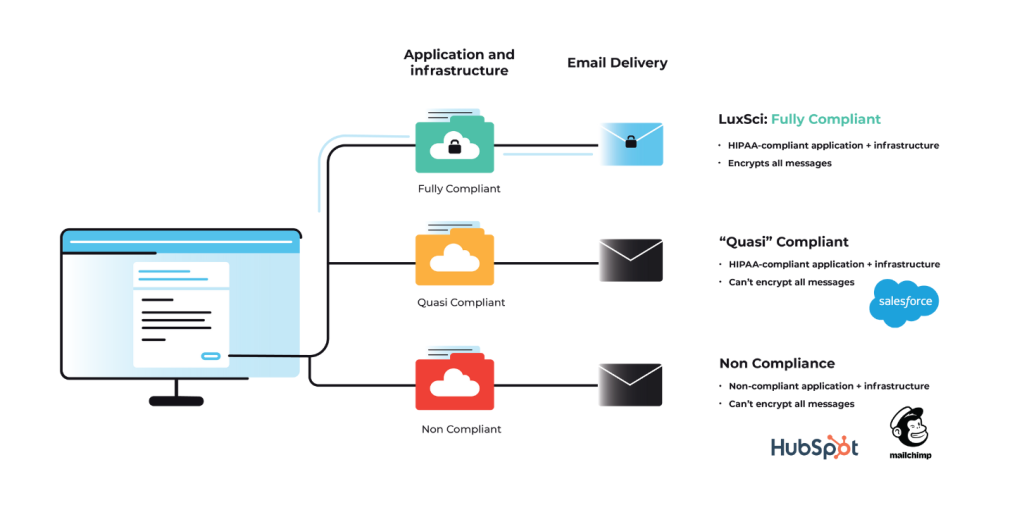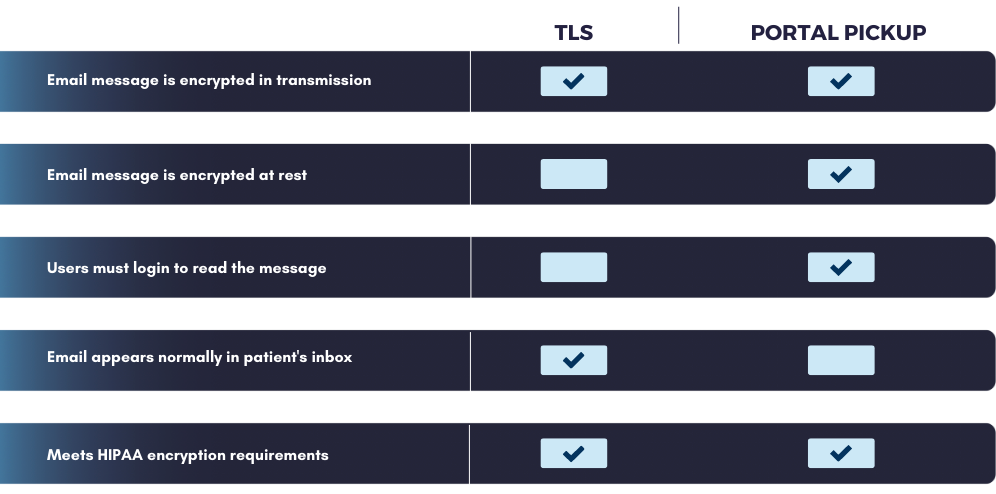The patient engagement framework consists of five progressive stages: inform, consult, involve, collaborate, and empower. This approach helps healthcare organizations build stronger relationships with patients while improving health outcomes. The framework guides providers in developing communication strategies, technological tools, and care processes that move patients from passive recipients of care to active partners in their health management.
Patient Engagement Framework Foundations
The patient engagement framework builds upon healthcare’s evolution toward more patient-centered care models. This structured approach acknowledges that patients have varying levels of activation and readiness to participate in their healthcare decisions. The framework helps organizations assess their current engagement practices and develop strategies for improvement. Healthcare providers use these stages to map communication approaches and technology implementations that support increasing patient participation. Each stage of the patient engagement framework requires different tools, processes, and organizational capabilities. Understanding these elements helps healthcare organizations develop realistic roadmaps for advancing their engagement efforts.
Stage One: Inform
The first stage of the patient engagement framework focuses on providing patients with clear, accessible health information. At this level, communication flows primarily from provider to patient through educational materials, discharge instructions, and basic health literacy resources. Organizations develop content in multiple formats and languages to accommodate diverse patient populations. Digital patient portals typically begin at this stage with features like lab result viewing and appointment scheduling. Healthcare teams establish consistent messaging across departments to avoid confusing or contradicting information. While this stage is the beginning of the patient engagement framework, many organizations struggle to advance past informing patients about their conditions and treatments.
Stage Two: Consult
The consultation stage of the patient engagement framework opens two-way communication channels between providers and patients. Healthcare teams seek patient input about symptoms, preferences, and treatment experiences through surveys, feedback forms, and structured conversations. Providers begin recognizing patients as valuable sources of information about their own health situations. Digital tools expand to include secure messaging and symptom reporting capabilities. Care teams develop protocols for responding to patient communications within appropriate timeframes. The consultation phase of the patient engagement framework begins establishing the base for more collaborative relationships while still maintaining traditional healthcare hierarchies. Organizations generally measure success at this stage through patient satisfaction metrics and communication response rates.
Stage Three: Involve
The third stage of the patient engagement framework actively involves patients in treatment planning and health monitoring. Patients participate in goal-setting discussions and receive tools for tracking health metrics between appointments. Healthcare teams incorporate patient preferences and priorities when developing care plans. Technology platforms introduce self-management tools and educational resources tailored to individual health conditions. Care protocols expand to include regular check-ins and progress evaluations beyond scheduled appointments. The involvement stage of the patient engagement framework marks a significant shift toward recognizing patients as active participants rather than passive recipients.
Stage Four: Collaborate
Collaboration represents the fourth stage in the patient engagement framework, where patients function as true partners in their care team. Health professionals and patients make treatment decisions jointly, weighing clinical evidence alongside patient goals and preferences. Healthcare systems establish patient advisory councils to inform organizational policies and program development. Technology platforms integrate patient-generated health data with clinical systems to create comprehensive health pictures. Team-based care models include patients in case conferences and care planning sessions. The collaborative stage of the patient engagement framework requires organizational culture changes that value patient perspectives alongside clinical expertise. Healthcare systems reaching this stage often demonstrate better care coordination and reduced unnecessary utilization.
Stage Five: Empower
The final stage of the patient engagement framework focuses on empowering patients to manage their health independently when appropriate. Patients receive comprehensive tools and knowledge to make informed healthcare decisions aligned with their personal values. Organizations support patient autonomy while maintaining appropriate clinical oversight for complex conditions. Technology platforms provide personalized insights and recommendations based on individual health patterns. Care teams function as coaches and consultants rather than directing all aspects of patient care. The empowerment phase of the patient engagement framework acknowledges patients as the primary drivers of their health management with healthcare providers serving supportive roles.
Implementing the Patient Engagement Framework
Healthcare organizations implement the patient engagement framework through gradual, strategic changes to clinical processes, technology systems, and organizational culture. Leadership commitment proves essential for allocating necessary resources and championing patient-centered approaches. Staff training addresses both technical skills and communication methods appropriate for each engagement stage. Technology selection focuses on tools that can evolve alongside advancing engagement capabilities. Progress measurement includes both process indicators and outcome metrics tied to each framework stage. Organizations typically find that different service lines and patient populations may operate at different engagement levels simultaneously, requiring flexible implementation approaches. The patient engagement framework provides a roadmap while allowing organizations to adapt implementation to their unique circumstances and patient populations.












